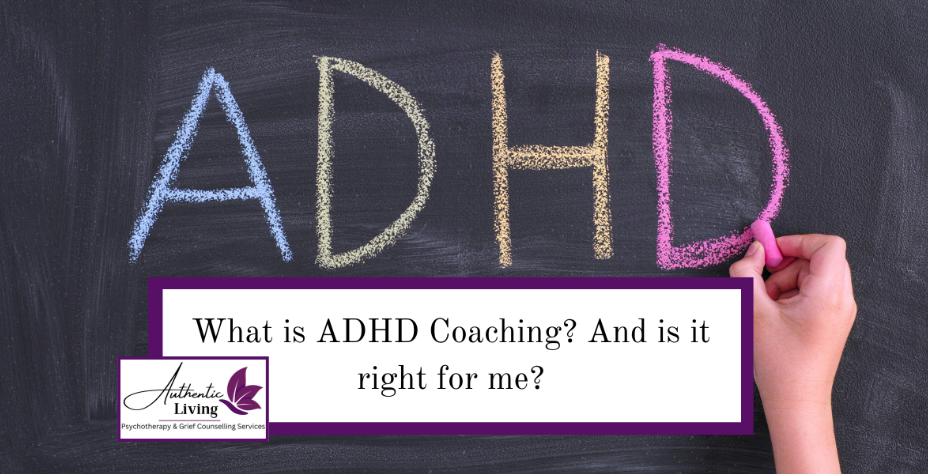My Child Has Just Been Diagnosed with Autism Spectrum Disorder. What Do I Do?
- Aug 10
- 2 min read
Updated: Sep 1
Finding out that your child has been diagnosed with Autism Spectrum Disorder (ASD) can bring a mix of emotions — relief, confusion, fear, hope, and sometimes overwhelm. You might have lots of questions and wonder what the next steps are for your family.
While this new journey may feel uncertain, there is support and guidance available to help you and your child thrive. This blog will walk you through what to expect, practical steps you can take, and how to care for both your child’s needs and your family’s well-being.

Understanding the Diagnosis
ASD is a neurodevelopmental condition that affects how a person communicates, interacts socially, and experiences the world. It’s called a “spectrum” because it looks very different for each individual; some children may need more support, while others may be very independent.
Remember, a diagnosis doesn’t define your child or limit their potential. It’s a tool to help you understand their unique way of experiencing life and to access the right supports and resources.
What to Do Next: Practical Steps
1. Take Time to Process
It’s normal to feel many emotions: shock, relief, sadness, or even guilt. Allow yourself time to process and know that you don’t have to have all the answers right now.
2. Learn About ASD
Gather trustworthy information about ASD from reputable sources. Understanding the condition better can reduce anxiety and help you become a more informed advocate for your child.
3. Connect with Professionals
Reach out to therapists, pediatricians, and specialists who have experience with ASD. Early intervention can make a big difference in your child’s development and quality of life.
4. Explore Support Services
Depending on your location, many resources and programs exist to help children with ASD and their families, including speech therapy, occupational therapy, social skills groups, and educational supports.
5. Build a Support Network
Connect with other parents and caregivers who understand what you’re going through. Support groups, either in-person or online, can provide encouragement, practical advice, and friendship.
6. Care for Yourself and Your Family
Supporting a child with ASD can be demanding. Make sure to look after your own well-being and nurture your family relationships. Taking care of yourself allows you to better care for your child.
Supporting Your Child’s Strengths and Challenges
Every child with ASD has unique strengths: creativity, attention to detail, honesty, or intense focus. Celebrate these qualities and find ways to build on them.
At the same time, be patient with areas of challenge. Learning social skills, managing sensory sensitivities, or navigating change can take time and gentle guidance. Remember, progress is often non-linear, and every small step counts.
When to Seek Additional Help for Autism Spectrum Disorder
If you notice your child struggling significantly with anxiety, mood changes, or behaviour that’s hard to manage, reaching out to a mental health professional can provide extra support. Therapy, counselling, or coaching can equip your child and family with tools to cope and thrive.










Comments